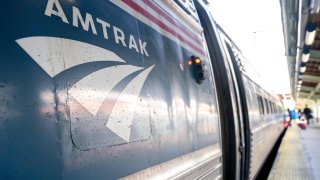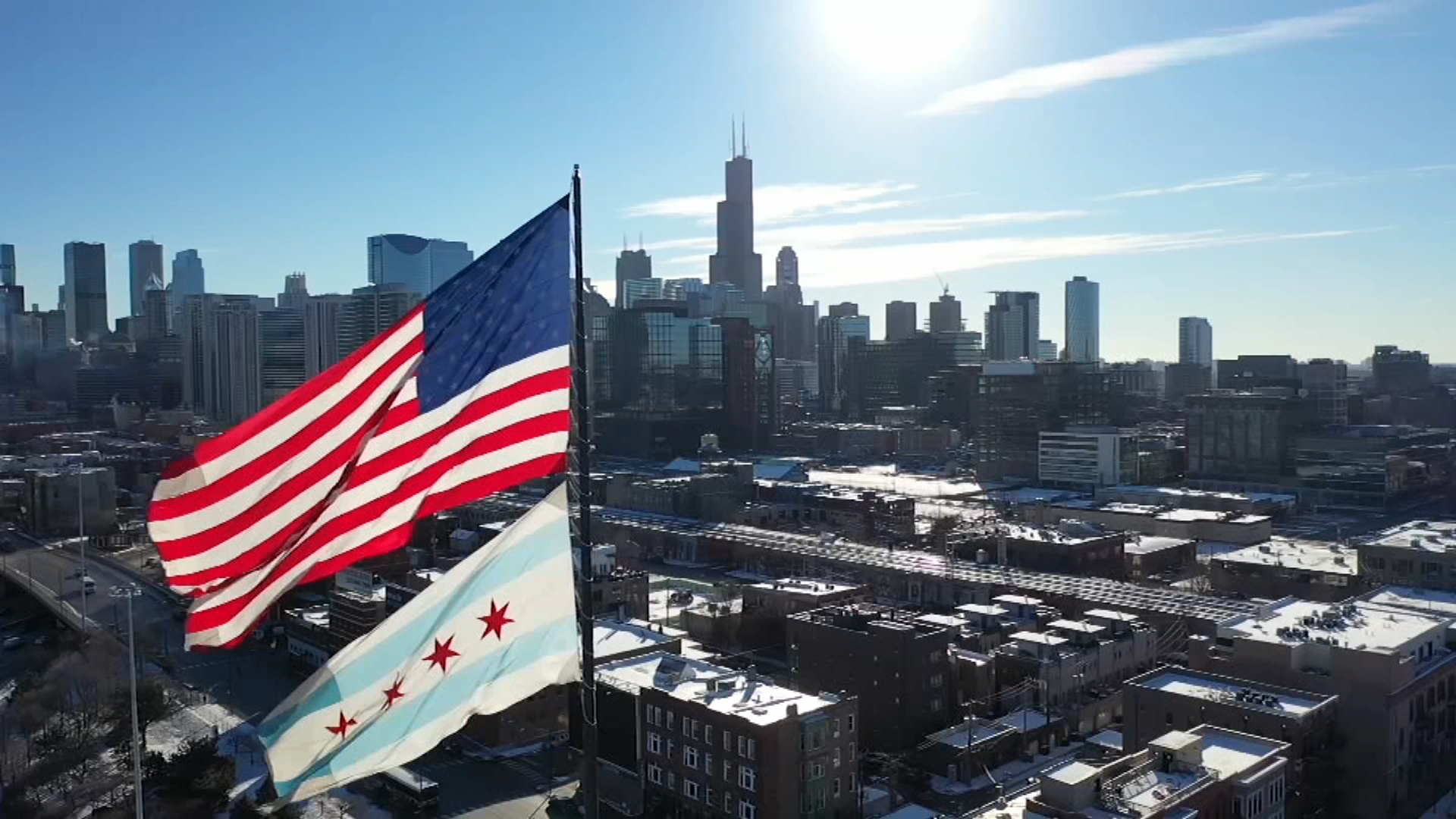
An ambitious plan to improve and add rail service at Chicago’s Union Station is getting another shot in the arm, with federal and state officials pushing for nearly $900 million in grants for the project.
Sens. Dick Durbin and Tammy Duckworth were among those officials who spearheaded an application for Amtrak, to the tune of $873 million, as the agency aims to modernize Union Station, as well as rail lines around the city, state, and even beyond.
Illinois Gov. J.B. Pritzker and Rep. Mike Quigley also joined officials in calling for the new investments, which would be buoyed by more than $200 million in matching funds from project sponsors.
“Chicago has long been the heart of America’s rail network, propelling commerce, industry and innovation across the nation,” Durbin said in a statement. “The Chicago Hub Improvement Project (CHIP) is not just about upgrading rail lines and modernizing stations; it’s about charting a course for a more dynamic, sustainable and resilient Illinois.”
According to Amtrak officials, more than 90% of Amtrak’s service outside of the East and West Coasts, as well as more than 50% of long-distance customers on the service, use Union Station to start or complete their journeys.
As demand has increased on Amtrak, the facilities at Union Station have become increasingly-stressed, according to officials, and as a result, CHIP was formulated to try to not only help existing service, but also to add more service in the future.
If the federal application for funds is accepted, Union Station would be enhanced in a variety of ways. Improved ventilation, concourse improvements and increases to platform capacity would all be included in the project, but the key will be to activate additional tracks, which were originally built for the downtown post office.
Local
Those projects would be used to increase capacity for both Amtrak and Metra.
Feeling out of the loop? We'll catch you up on the Chicago news you need to know. Sign up for the weekly Chicago Catch-Up newsletter here.
A bigger portion of the project will also involve creating a connection between Union Station and the St. Charles Air Line bridge, which is located near 18th Street over the south branch of the Chicago River.
That project, along with adjustments to track configurations east of the bridge, would allow trains to enter Union Station directly, rather than being forced to travel to the west of the station before backing up to the platforms.
Such reconfiguration would not only dramatically-reduce entry and exit times at Union Station, but would also allow for additional train service to be added, according to officials. That would include additional service to downstate Illinois and the St. Louis area, while also expanding offerings to Indiana and Michigan.
Other components of the CHIP proposal would add a new platform in Joliet for Amtrak, as well as adding a second set of tracks between Niles and Dowagiac in Michigan to help ease passenger rail congestion in southwest Michigan, according to officials.
“The project will also benefit passenger service in states all throughout the Midwest,” Duckworth said. “I’ll keep working with my colleagues at the federal level to ensure this critical funding comes to CHIP, because we know that this project isn’t just a win for Illinois – it’s a win for our entire country.”
According to Rep. Mike Quigley, the application for federal funds was submitted to the Department of Transportation’s Federal-State Partnerships for Intercity Passenger Rail grant program. That program was funded in funds set aside as part of the massive Infrastructure Investment and Jobs Act.
“When Congress voted to pass the Bipartisan Infrastructure Law to create a generational investment in our nation’s infrastructure, it was projects like CHIP that we had in mind,” he said. “The CHIP program provides critical investment to Chicago’s Union Station and rail infrastructure, ensuring our city and the Midwest remains at the center of the U.S. passenger and freight rail network.”
Pritzker praised the application’s broad support within the corporate and labor worlds, with more than $200 million in matching funds provided by the Illinois Department of Transportation, Chicago Department of Transportation, Cook County, Metra, and the Michigan Department of Transportation, among others.
“These kinds of investments allow our residents to more easily access places and opportunities beyond their immediate neighborhoods, and they open doors for new jobs and new businesses,” he said.



